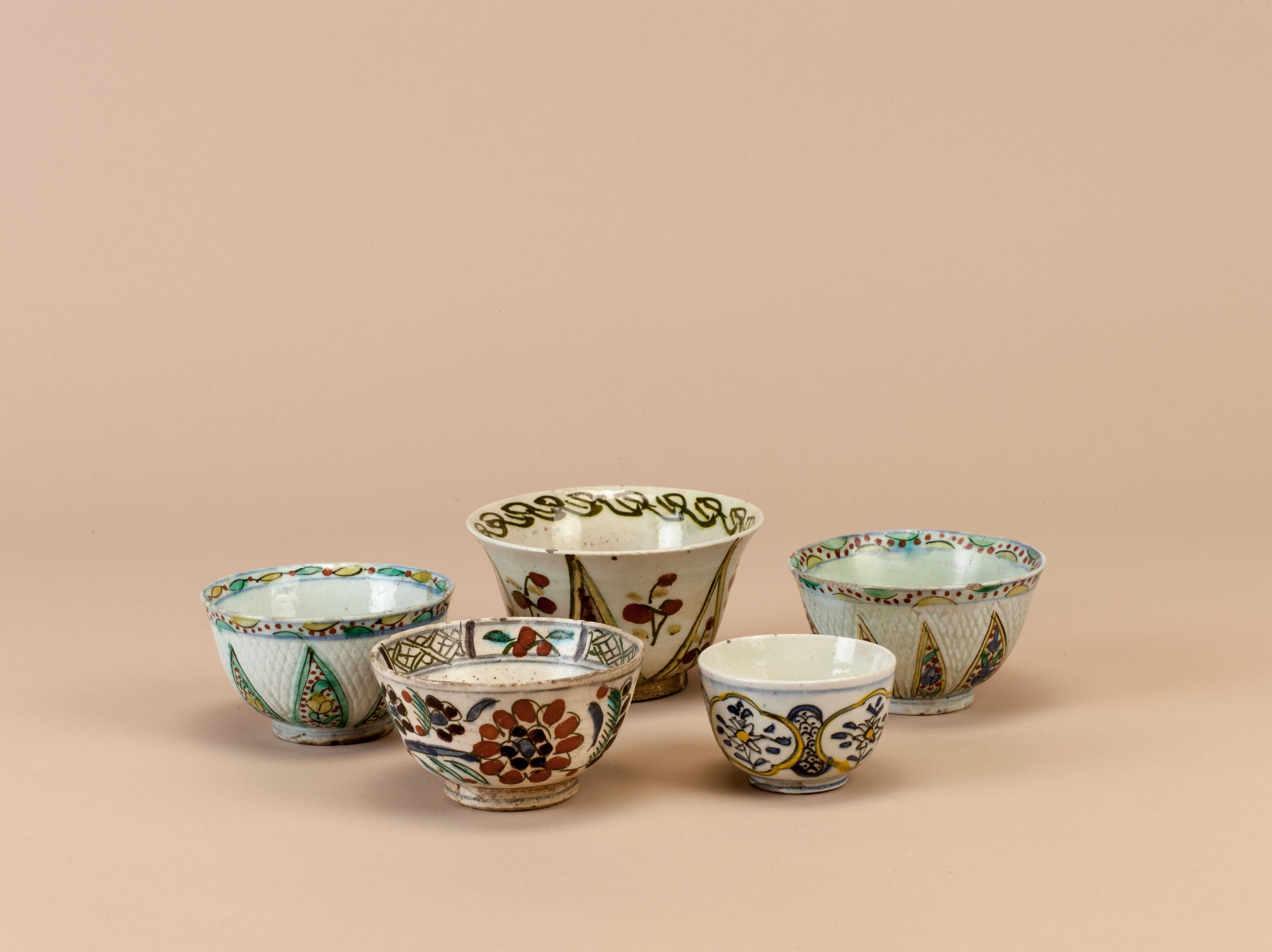Director: Maurice Pialat
French with Turkish subtitles
“These films offer an insight into the particular relationship between documentary and fiction in Pialat’s filmmaking.” - Museum of the Moving Image
In 1964, Pialat and cinematographer Willy Kurant headed to Turkey, where they produced a series of five lyrical shorts dedicated to the country’s history and people.
Bosphore
France, 1964, 14', b&w
Made for the Turkish Chronicles, a series of short documentaries shot in Turkey, Bosphore is the most classic, for his harmony between voice and image, and the most pictural.
Byzance
France, 1964, 11', HDD, b&w
Byzance uses a text by Stefan Zweig to describe the Ottoman conquest of the city in 1453.
La Corne d'Or
France, 1964, 12', b&w
La Corne d'Or juxtaposes a poem by Gérard de Nerval with a powerful study of Ottoman architecture.
İstanbul
France, 1964, 13', b&w
Istanbul takes into the crowded streets and back alleys of a fascinating city divided between continents. Istanbul is one of the six shorts Maurice Pialat dedicated to Turkey.
Maître Galip
France, 1964, 11', b&w
One of the most beautiful film in the Turkish Chronicles series, over the poems of Nazim Hikmet.

Coffee was served with much splendor at the harems of the Ottoman palace and mansions. First, sweets (usually jam) was served on silverware, followed by coffee serving. The coffee jug would be placed in a sitil (brazier), which had three chains on its sides for carrying, had cinders in the middle, and was made of tombac, silver or brass. The sitil had a satin or silk cover embroidered with silver thread, tinsel, sequin or even pearls and diamonds.
Tuesday - Saturday 10:00 - 19:00
Friday 10:00 - 22:00
Sunday 12:00 - 18:00
The museum is closed on Mondays.
On Wednesdays, the students can
visit the museum free of admission.
Full ticket: 300 TL
Discounted: 150 TL
Groups: 200 TL (minimum 10 people)